Arboreal snakes are not ideal for beginners in general. From research conducted, there is only one snake ideal for a beginner, which is the spotted python.
All the other snakes are ideal for intermediate and advanced keepers. Someone needs some understanding of keeping pet snakes before they can start keeping arboreal snakes.
Contents
Best Arboreal Snake For Beginners: Spotted Python
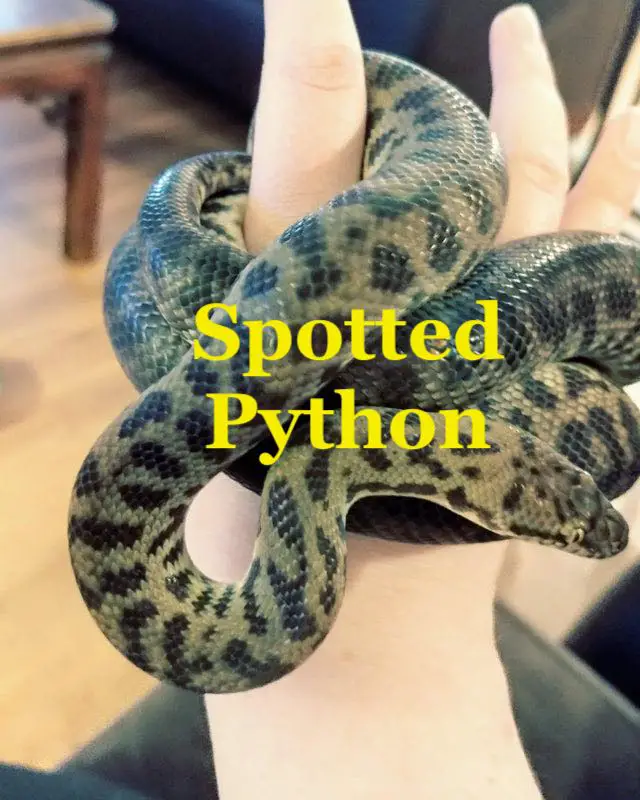
The Spotted pythons are known scientifically as, Antaresia maculosa. Some of the large specimens of this snake species grow up to 4 – 5 feet long.
- They can weigh between 2 and 3 pounds.
- Range: Queensland Australia, and also appear in New Guinea.
They are mainly found within the coastal region. Since they are found within this range, they mainly prefer rock piles as their habitat. Spotted pythons lack any recorded morphs.
As recorded, spotted pythons can live in captivity for more than 20 years and they are not dangerous, which also makes them ideal for beginners.
The snake is among the smallest pythons and they have bold patterns with a dark body, as well as, lateral splotches.
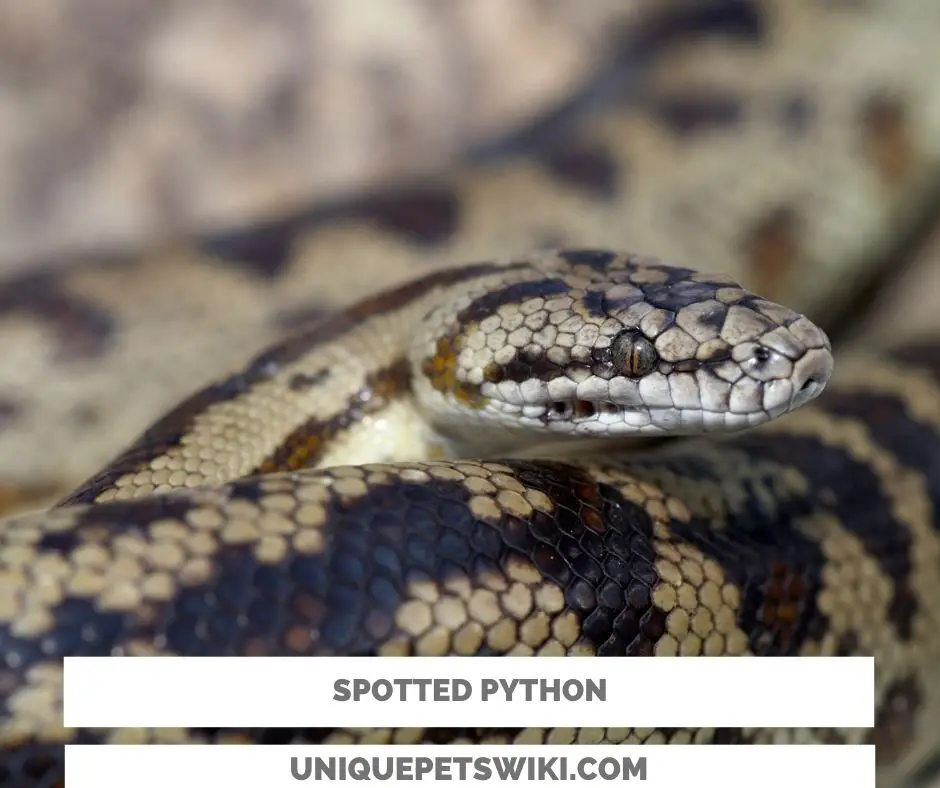
It is a nocturnal species that also thrive in the shrubs and woodlands. In general, spotted pythons do well with regular handling making them appropriate for beginners.
This snake needs a clean enclosure that is also well ventilated. You should provide them with platforms and branches for them to climb since they are arboreal.
You should also provide your pet with a hide box in the cage. The captive snakes need fresh drinking water. Place the water in bowls that are made of nonporous materials.
Our Latest Video
Housing for spotted pythons
This species of pythons are relatively small and as such do not require large enclosures.
If the cage is too big, it can overwhelm them.
A snake cage of around 3 feet long and 2 feet high is ideal for the snake. During their Juvenile years, it makes sense in click clack style containers for at least half a year. These are ideal since they prevent them from escaping.
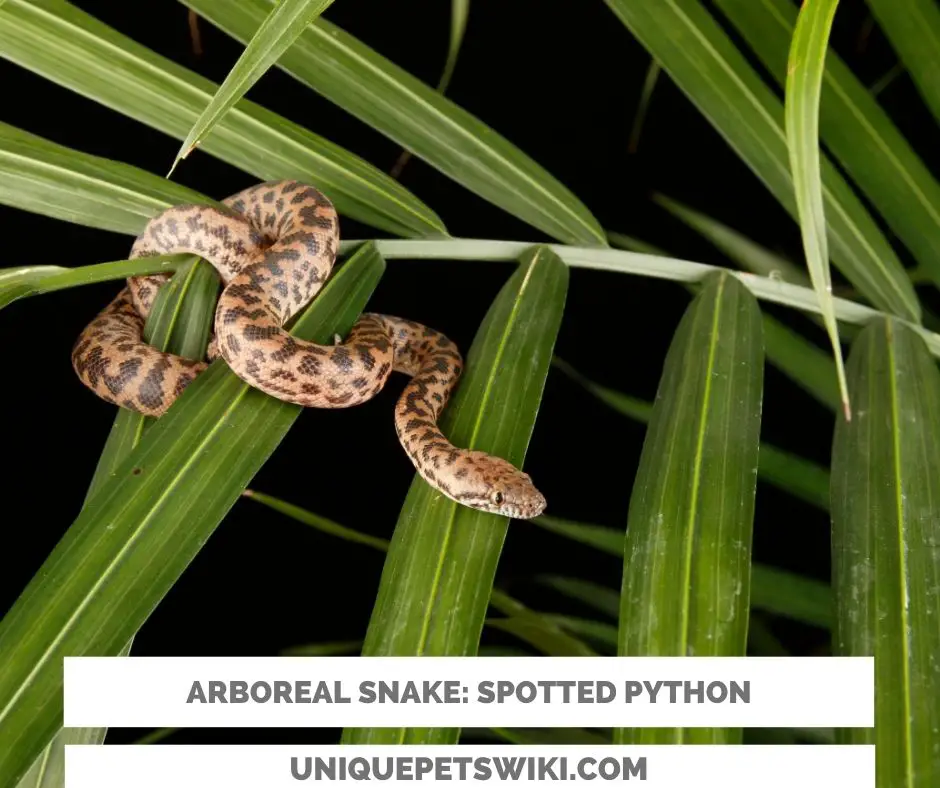
Additionally, they have a higher likelihood of eating when caged in this manner. The cage can then be placed inside a temperature-controlled main cage.
The temperature should always range from 28 to 30 degrees Celsius. A thermometer should always be used to ensure that the correct temperature is in the cage at all times.
As a new snake keeper, a word of advice on temperature, you should never rely on the thermostats reading as your cage’s temperature. It is not representative of different sections of the cage.
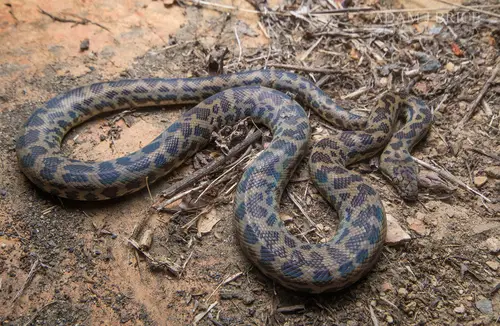
Lighting and Heating
The temperature during daytime for this snake species should range between 31 and 33C and 24 to 26 C on the other end.
As such, the cage will have a thermal gradient with hot and cool sections.
The snake will select its ideal temperature from within this range. When you only heat one half of the cage and leave the other one, you can manage to attain this gradient.
A heat mat can be used on half of the cage if you use a plastic box or an aquarium for your snake.
Always be keen and follow instructions from heat mat suppliers on how they need to be used. During the night, temperatures can be allowed to drop from the given range by 6 or 7 C.
Last update on 2022-12-29 / Affiliate links / Images from Amazon Product Advertising API
There is no necessity for extra lighting in the cage for spotted pythons if the room is already well lit.
However, you can use additional heating if you need the cage to be more decorative or there is a need for extra heating through the use of a light bulb. A low wattage bulb or a fluorescent tube can be used in this case.
A guard is necessary if the bulb is above 15 watts to safeguard the snake from burning.
Spotted pythons do not need special UV lighting, but there are benefits in using a 5.0 UVB. All light should be switched off at night. This can be done with an inexpensive timer to avoid human errors.
Feeding
Mice are the first food option for spotted pythons. They eat an appropriately sized mouse once every week to ten days.
You may also substitute it with a rat. Always feed your snake with a mouse about same size or 1.5 the size of the snake’s mid-section.
Once your snake has fed, do not handle it for another 24 hours as this can be a source of stress and may cause regurgitation.
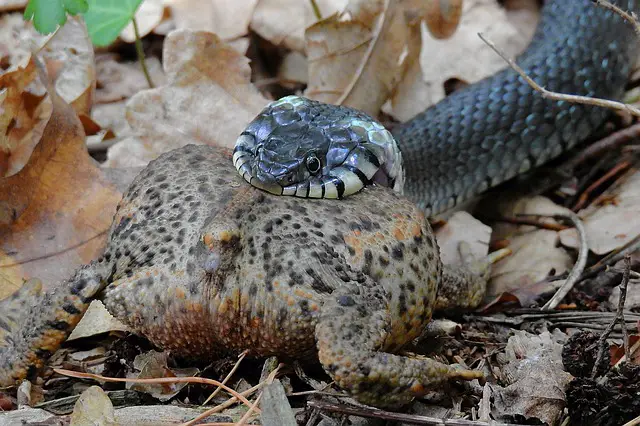
For juvenile spotted pythons, you need to feed them once every week in order to boost their growth.
Pinkies are appropriate meals for juveniles. Similar to other snakes, spotted pythons may fast for a few weeks, especially during their juvenile ages.
Last update on 2022-12-29 / Affiliate links / Images from Amazon Product Advertising API
Ensure fresh water is available twice a week and maintain cleanliness in the cage.
Reasons for the Lack of Many Beginner Arboreal Snakes
Whereas arboreal snakes are in plenty and among keepers and breeders’ favorites, there are not many for beginners.
The majority of popular arboreal snakes, such as green tree pythons, emerald tree boas, and amazon tree boas, are only ideal for intermediate and advanced keepers. There have to be reasons for this.
Some of the main reasons why most of them are not ideal for beginner keepers include:
- Fragility
- Humidity needs
- Temperament and handling
Fragility
When young most arboreal snakes have sensitive tails that get damaged with ease.
Such injuries may emanate from improper or extensive handling. As a result, damage could extend to snake’s invertebrate.
It is common for keepers to wait for several months before handling their arboreal snakes just to avoid such damage.
For instance, the act of removing the snake from its perch on a branch can result in damages if not done properly.
As a result, this is a task that may be difficult for a beginner.
In addition, as a beginner you are most likely eager to handle your snake and not just sit and watch it for months on end. Therefore, most arboreal snakes fail to qualify as beginner pet snakes.
Humidity Needs
These snakes have specific needs on the humidity levels required in their cages for them to thrive. It also applies to when they need to shed. It is not an easy task to attain these humidity levels especially for an inexperienced individual. Note that it is not impossible to do so, it just needs ample knowledge at hand and extensive research.
To control the humidity, we suggest that reptile keepers can explore the best humidifiers to see which one is suited for your arboreal snake.
Furthermore, these humidity needs are specific to the species of snake, and where it originates.
Last update on 2022-12-29 / Affiliate links / Images from Amazon Product Advertising API
As such, even for the emerald and amazon tree boas, they will have very different humidity needs. Therefore, some firsthand information on general snake handling is important before graduating to arboreal snakes.
Temperament and Handling
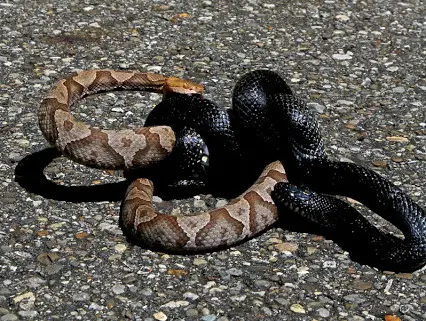
Whereas not all arboreal snakes are defensive, they are well known for their being more nippy than other ideal beginner snakes with overall docile demeanor.
It is true for most juveniles that can be calm and rested for one minute and then attack the next.
Furthermore, these snakes are aggressive eaters compared to non-arboreal snakes.
Last update on 2022-12-29 / Affiliate links / Images from Amazon Product Advertising API
It can be a source of intimidation for a beginner keeper. Furthermore, as a novice keeper, you must take caution not to disentangle them from their perches. It may result in spine injuries or make them feel threatened and hence attack resulting in a bite.
What are the Venomous Snakes in Arboreal?
Arboreal snakes as with all other kinds of snakes in both venomous and non-venous forms.
Venomous snakes are those that produce venom as a defense mechanism, as well as, for the immobilization of their prey. The venom is toxic due to the presence of zootoxins. These zootoxins are injected into its victim through fang bites or spits.
There are many venomous arboreal snakes in the world, and we have researched and discussed a few of them.
Bush Viper
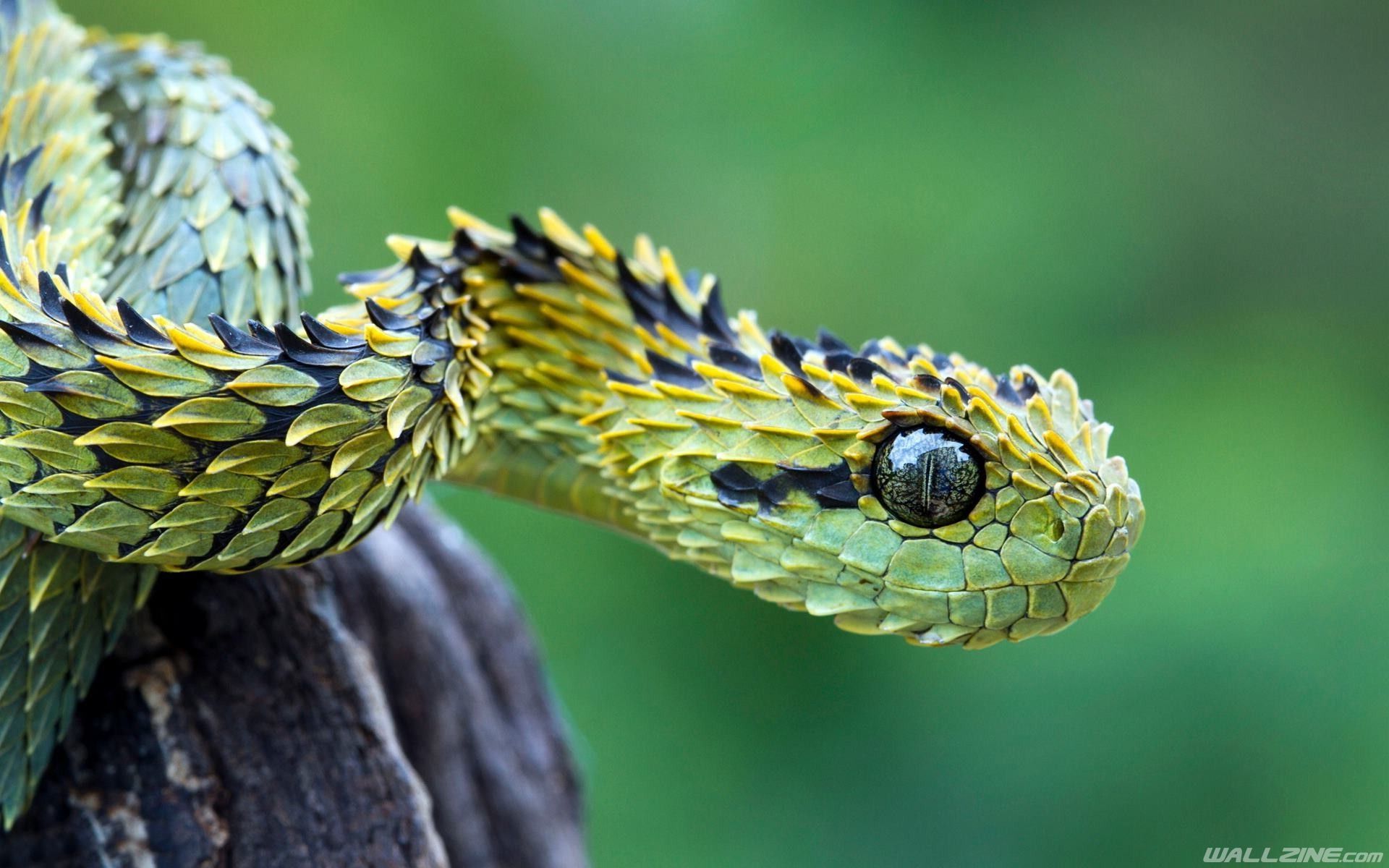
This small pet snake species is a venomous snake with rough scales on its body. It is also referred to as the green bush viper.
However, this species comes in numerous colorations making the name green quite inaccurate. It is a hardy animal with its range from Nigeria, Kenya, Tanzania, and Angola. Its habitat is mainly rainforests, but it is also present in woodlands.
Features
An adult bush viper can grow to a length of between 1.3ft and 2.3ft with females being longer than males.
In captivity, these snakes live for 12 to 20 years. Similar with other frog-eating snakes from other parts of the world, you need to have your snake tested for endoparasites. Always follow the instructions of your vet.
Housing
Whenever necessary, this snake can move swiftly, but they are mostly inactive.
The snake can remain in the same position for several days. In most cases, they will perch on a branch in some quiet section of the terrarium.
However, do not disturb them when rested as they are quick to strike and they are accurate. Humans have died from a bush viper’s venom.
Due to their small size and inactivity, bush vipers will survive well in a relatively small cage.
They need a sturdy climbing perch due to their arboreal nature. A 15 to 20 gallon cage is ample for the snake and can house two or three of them.
Feeding
Ensure fresh water is always available in the cage. Water bowls can be elevated to attract the snake’s attention. In addition, you can add an air stone and attach it to a source of some mild vibration.
They will readily eat mice while you can scent a pinky mouse to entice neonates. Always feed them using long forceps to prevent biting as the snake can strike unexpectedly.
Temperature and Humidity
During the day temperature 80 to 82 degrees Fahrenheit. You need to ensure there is a hot spot reaching up to 85 degrees Fahrenheit. At night, maintain a temperature of 75 degrees Fahrenheit. Ensure the cage has proper circulation of air.
When the reproduction cycle is starts, you need to reduce temperature and humidity for a few weeks. After this, once you increase the temperature again, reproduction usually occurs.
Brown Tree Snake
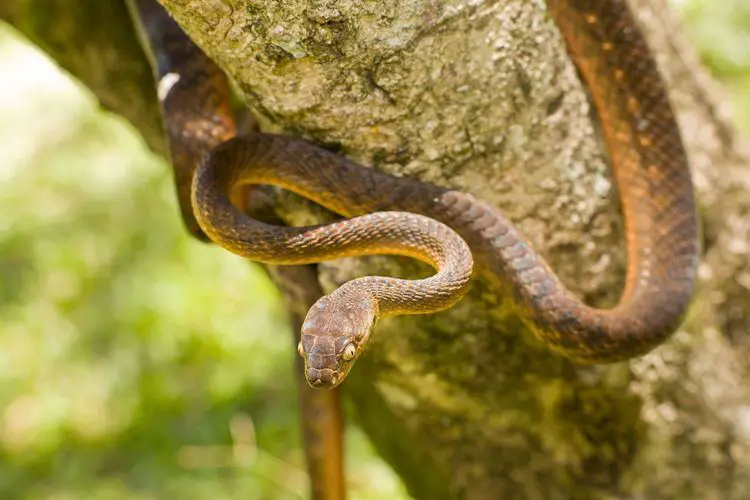
The brown tree snake has been described as one of world’s invasive species. It is a venomous, arboreal snake native to New Guinea, Australia, Guam, Saipan, among other Pacific islands. The snake can thrive in tropical forests, as well as, grasslands, but over time it has managed to survive in other areas including urban centers.
Body Features
It has a wider head than its body. Its large eyes are characterized by a large vertical pupil. The body has numerous dark patterns on a brownish yellow background. In some regional snakes, e.g. Australia, they also have blue or red bands on their bodies. When they hatch, they are normally about 1ft, and grow to 3ft to 7ft as adults. They can weigh up to 2.3kgs.
Feeding
Due to their natural characteristics as predators, brown tree snakes lack many natural threats. They feed on a wide range of animals including birds, amphibians, lizards, eggs, rodents, and bats. They are capable of feeding up to 70% of their body mass daily.
It immobilizes prey through biting and holding tight using its body. It begins chewing in order to inject venom from its groove teeth.
Reproduction
They breed through eggs throughout the year in their natural habitats. In some cases, females may store make sperms for a long period until they need them for fertilization. They may lay about 24 eggs per year on two different occasions. However, they do not incubate the eggs and do not care for their hatchlings.
Mangrove Snake Best Colored Arboreal Snakes for a Beginner
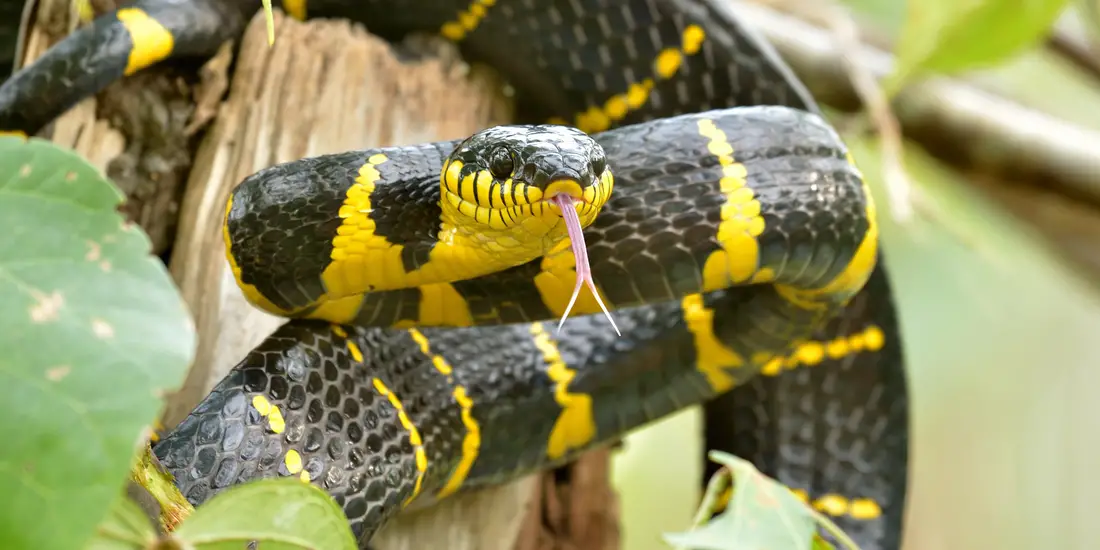
This snake species is also considering the Best Arboreal Snakes for a Beginner.
They are native to Southeast Asia including Thailand, Indonesia and Philippines. It is a good swimmer as it mainly rests in the coastal mangrove swamps. In most cases, it can be found resting on branches handling overlooking water. It lives for up to 12 to 20 years.
Housing
An adult mangrove Snake needs a terrarium that is around 4ft long and is also about 4ft high. Many climbing branches need to be added in the cage as well. Vines and resting platforms add to the snake’s comfort. Use humidity retaining substrate and water proof the cage.
Temperature and Humidity
A water bowl is necessary to help maintain humidity at 80 to 90 percent. Also change it every day.
Temperature should range between 85 and 95 degrees Fahrenheit. It should drop slightly at night. A heat lamp near the top of the cage is also necessary for most of these snakes.
Feeding
Mangrove snakes are nocturnal and mainly attack through ambushing their prey. They can eat numerous animals depending on their size. Their meals include lizards, slugs, frogs, rats and birds. If fish is placed in the water bowl, most of the snakes will eat too.
Handling
Among the reasons for the snake’s classification as advanced for keepers include its being venomous and its swiftness to attack. They have fangs on the back of their mouths and it makes them dangerous. There have been cases of keepers getting bitten and in some cases resulting in fatalities.
This article introduces you what is the best Arboreal Snakes for a Beginner. Hope that you can explore which one is the great arboreal snake for you
To concluse
Please make sure you prepare well these things and you know what should be put in your snake cage before get the first arboreal pet snake.
Related products:
Last update on 2022-12-29 / Affiliate links / Images from Amazon Product Advertising API
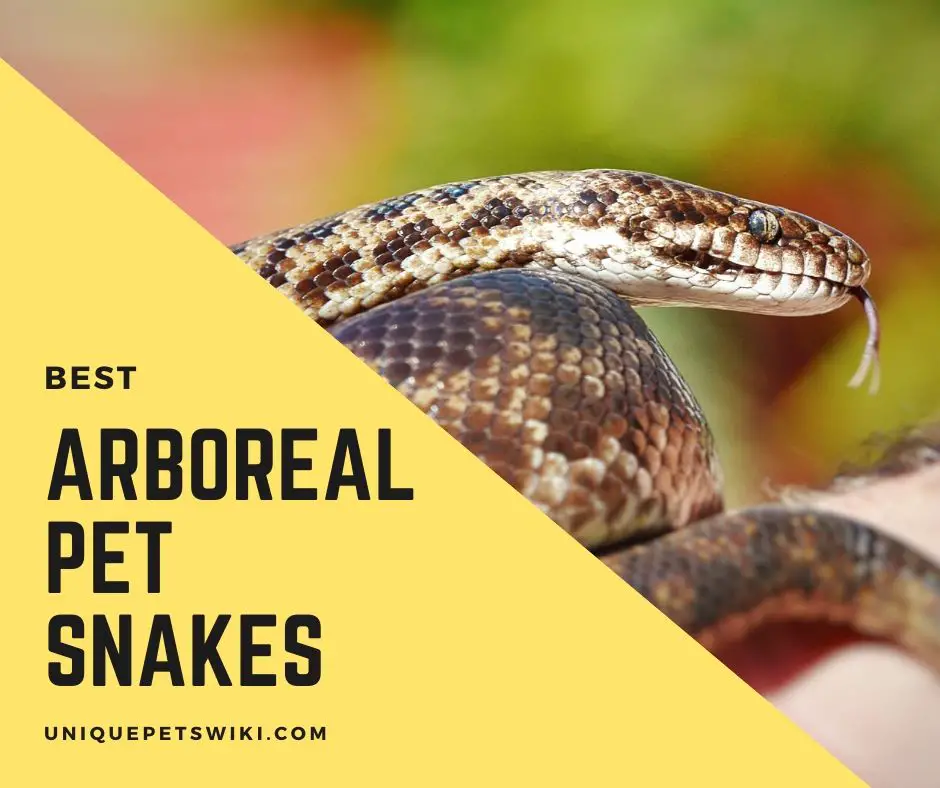








the second picture is a fu**ing ball python
Thank Darsiegh.